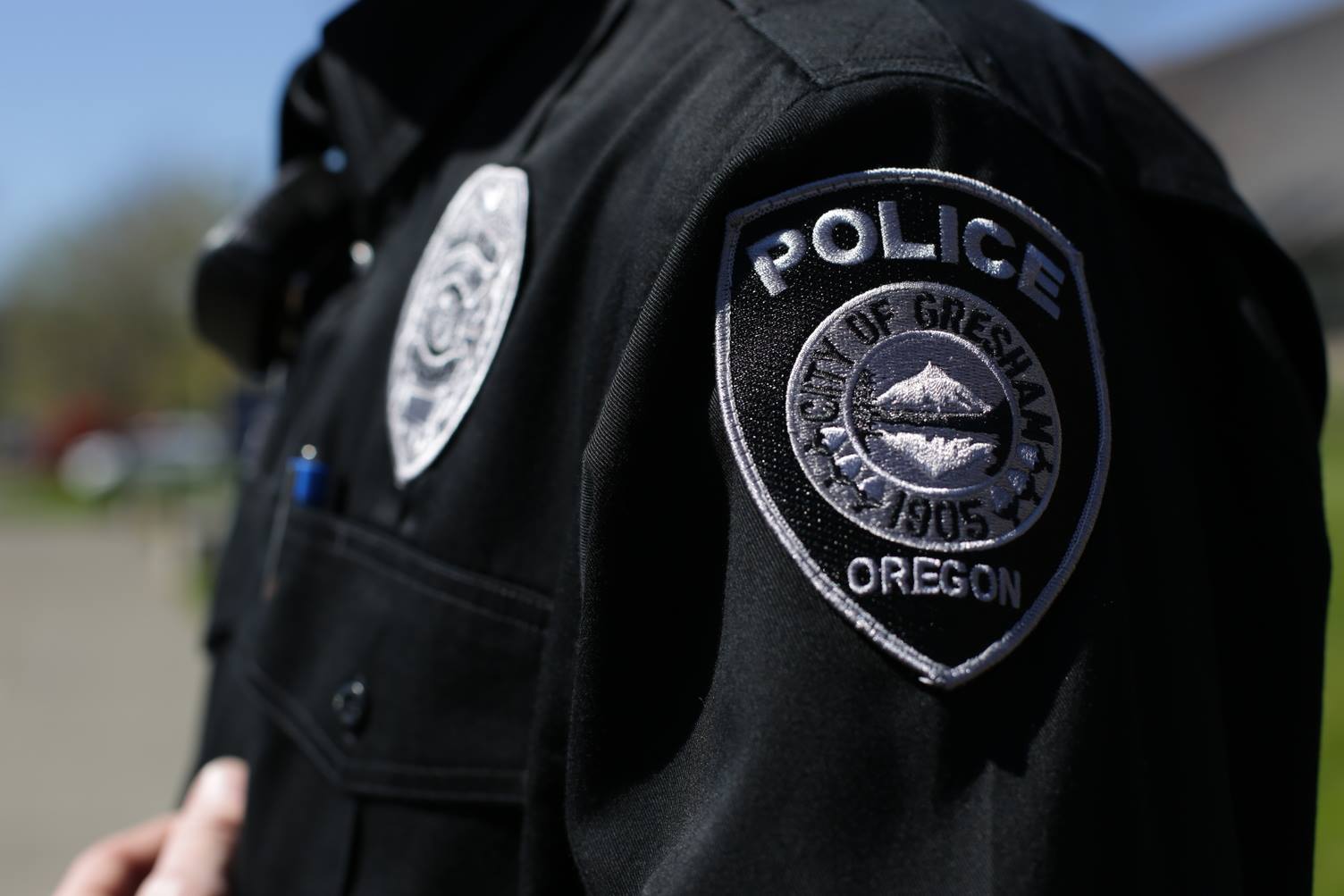Survey: Portlanders adapted to ranked choice voting in November
Published 10:30 am Wednesday, December 4, 2024

- An example of how ranked choice voting works.
A survey conducted on behalf of the city of Portland found less confusion over November’s ranked choice voting than some people had anticipated.
Trending
People here used the mechanism — in which voters rank candidates from first favorite through sixth — to pick the mayor, city auditor and the new-look, 12-member Portland City Council.
“Broadly, Portland voters report an understanding of ranked choice voting according to this poll, an encouraging start for an historic electoral reform,” said Deborah Scroggin, city elections division manager. “We look forward to a deeper analysis and strategically investing in voter education to ensure every Portlander feels confident casting their vote in future elections.”
Of the 1,658 voters polled, 85% were aware of ranked choice voting before filling out their ballots, and 91% reported understanding how to do so.
Trending
That second number is higher than the first, which could be explained by people who didn’t read about the election in advance, but who weren’t confused when they saw the new ballot anyway.
The polling indicates that those who had heard about ranked choice voting were much more likely to understand their ballot, which looks different from the traditional ballots that Portlanders also received for national and statewide races, as well as races such as school districts and special service districts.
The Portland Elections Division contracted with FM3, an opinion research firm, to poll voters on their experience with the November general election. The poll has a 2.8% margin of error, according to a Tuesday, Dec. 3, press release from the Portland Auditor’s office.
Ethnic divisions
The survey broke down results based on several factors, according to the release. And improvements are needed in outreach to voters of color.
People were asked about their awareness of ranked choice voting, with answer options of “Yes, a great deal,” “Yes, just a little,” and “No, had not seen, heard or read about it/don’t know.”
White voters had the highest knowledge of the voting mechanism, with 54% at “Yes, a great deal” and only 11% claiming no knowledge.
The responses broke down differently for other clusters of Portlanders: Answering “Yes, a great deal” included 43% of Asian/Pacific Island voters, 40% of Black voters, and 35% of both Latino voters and “all voters of color.”
Those with “no knowledge” included 29% of Latino voters, 27% of all voters of color, 26% of Black voters, and 23% of Asian/Pacific Islanders.
Participants also were asked if they understood the ballot, with answers of “Very well,” “Somewhat well,” “Don’t know,” “Not too well,” and “Not well at all.”
Answering “Very well” were 72% of white voters, 55% of both Black and Asian/Pacific Islander voters, 49% of Latino voters, and 48% of all voters of color.
Answering “not well at all” were 15% of Latino voters, 14% of Black voters, 12% of all voters of color, 8% of Asian/Pacific Islanders, and 6% of white voters.
Geographic differences
For decades, voters have chosen Portland city commissioners city-wide. But this year, the races for the Portland City Council were divided into four districts: District 1, on the easternmost and northeastern side of the city; District 2, including North Portland; District 3, the inner eastside; and District 4, including some of northwest and southwest Portland and the downtown core.
Regarding awareness of ranked choice voting, it was best in District 3, with 57% understanding it and 11% saying they were unaware of it. District 2 came in next highest, with 51% claiming a lot of knowledge and 13% very little. District 4 came in at 49% with a lot of knowledge and 16% with no knowledge. District 10 came in last at 40% with a lot of knowledge and 24% with none.
When asked if people understood the ballot, District 2 again led the pack, with 70% saying “very well” and 8% saying “not well at all.” That was followed by District 4, with 69% to 9%; District 3, with 68% and 7%; and District 1, with 55% and 8%.
“Recently released certified county election data shows that District 1 City Council voter participation rates were 43%, while participation in other districts ranged from 64% to 66%,” according to the auditor’s office. “Overall participation rates in District 1 largely track with historical trends of lower voter turnout in East Portland, however, the Auditor’s Office is working to better understand this trend.”
Causes of lower voter turnout can include the level of dedicated voter education, number of candidates on a ballot, trust in the election system or local government, and political ideologies, among other factors, the report reads.







